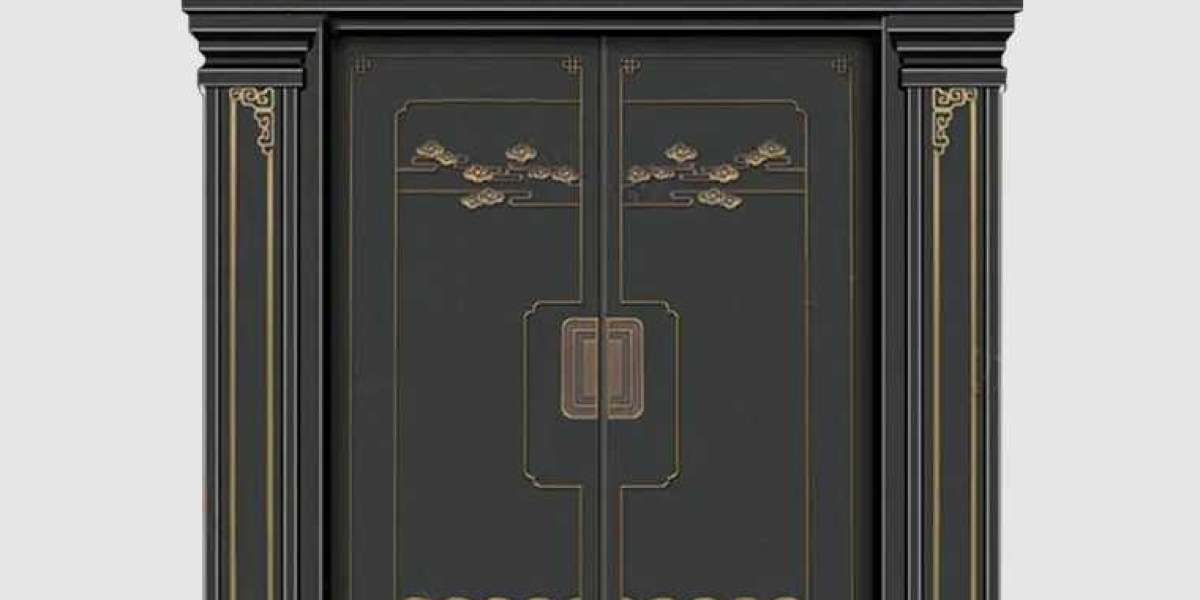A metal door is an essential component in both residential and commercial buildings, valued for its durability, security, and structural stability. Their construction and material selection determine long-term performance as well as the overall safety of a building.
Steel is one of the most common materials used in metal door manufacturing. It provides a strong barrier against impact and resists deformation under stress. Hollow metal doors, often filled with insulating cores, combine structural strength with energy efficiency. Aluminum doors are also widely used due to their lightweight nature and resistance to corrosion, making them suitable for humid environments or areas exposed to weather. Some doors combine steel and aluminum components to achieve a balance between strength and ease of handling.
The frame of a metal door contributes significantly to stability. Steel frames offer firm support and reduce the risk of warping, while aluminum frames provide a lighter alternative without sacrificing structural integrity. Proper alignment between the door leaf and frame ensures smooth operation and reduces wear on hinges and locks. High-quality hinges allow the door to open and close consistently, and their placement affects ease of use as well as resistance to sagging over time.
Surface finishing is also a key element. Powder coating, paint finishes, and protective films help metal doors resist rust, scratches, and fading. These coatings also improve the appearance of the door, allowing it to match the building’s architectural style. Textured surfaces or decorative panels may be added to enhance visual appeal, especially in modern building designs.
Security features are central to the purpose of a metal door. Multi-point locking systems, heavy-duty latches, and reinforced strike plates contribute to secure entry. Some doors incorporate electronic access control, combining metal strength with digital convenience. These systems can be tailored to residential or commercial needs, ensuring that access is both controlled and user-friendly.
Thermal and acoustic performance are important, especially for exterior doors. Insulated cores, weatherstrips, and tight seals help reduce heat transfer and block noise. These features improve indoor comfort and contribute to energy-saving goals. A well-insulated metal door can reduce temperature fluctuations inside a room and limit the intrusion of outdoor sounds.



